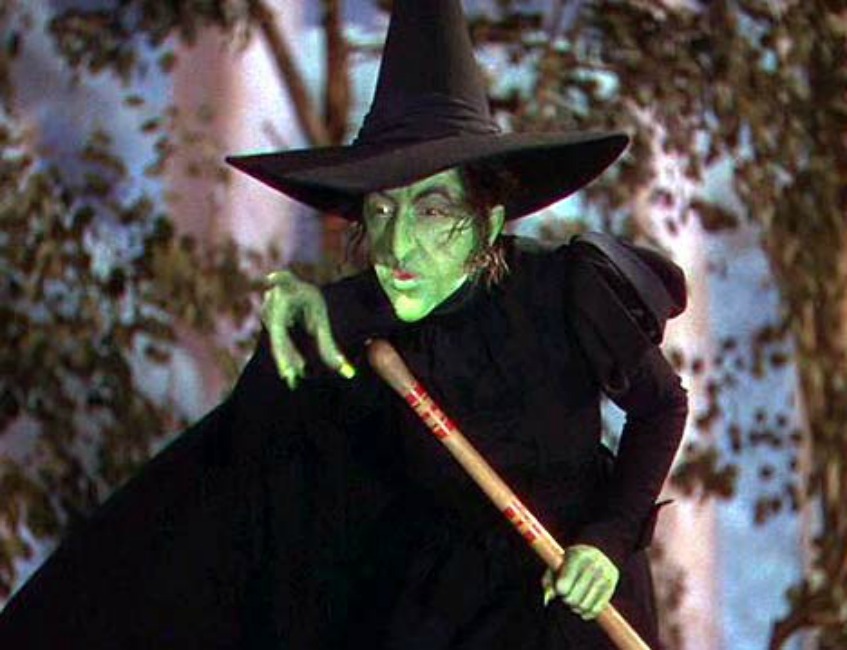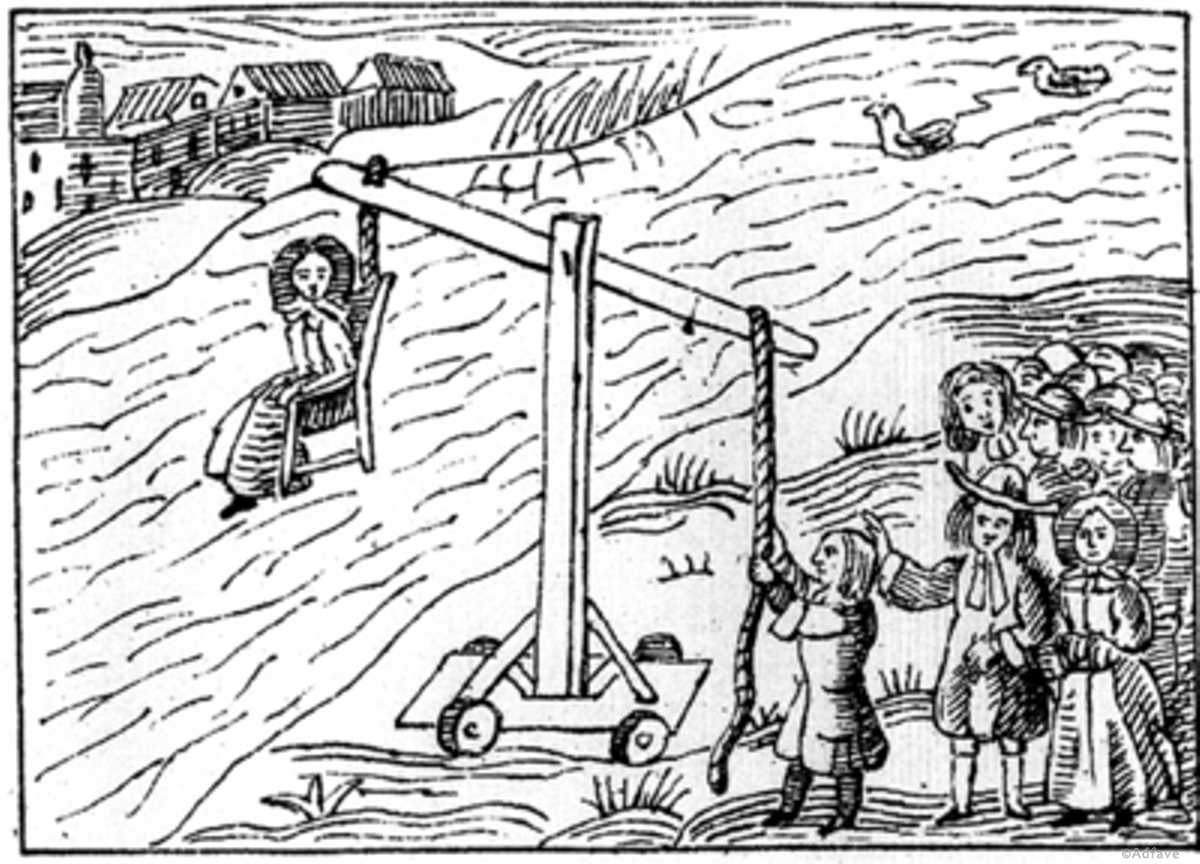Nedavno sam primila nekoliko e-mailova u kojima su me pojedinci molili da im pomognem oko određenih ljubavnih problema. Naravno, nisu tražili savjet već da poduzmem nešto pomoću magije, ili da im dam upute tako da sami nešto poduzmu na ovaj način. Odmah želim naglasiti da mi ne smeta kada me netko pita za savjet, ili za pomoć, ali moram napomenuti da wicca ima prilično strogu politiku što se tiče magije (u moralnom smislu). U prijašnjem postu u kojem sam pričala o moralu i wicci sam kratko spomenula ovu temu, ali smatram da bi bilo vrijeme da je malo produbim.
Popularnost ljubavne magije
Primijetila sam da je ljubavna magika jako popularno područje u wicci i vještičarstvu, ako ne i najpopularnije. No, zbog čega je ovo?
Ljubav je nešto što ljudi trebaju jednako kao hranu i vodu. Ljubav u bilo kojem obliku (prijateljskom, obiteljskom ili pak seksualnom) nam mnogo znači jer su ljudi, na kraju krajeva, društvena bića. Svakome je lijep osjećaj biti voljen i potreban nekome. Lijepo nam je kada nas majka poljubi kada smo mali i kada nas partner poljubi kada odrastemo, ali i kada nas vlastito dijete poljubi prije nego što ode u školu ujutro. Naravno, poljubac ne podrazumijeva ljubav, ali ju predstavlja u navedenim situacijama.
Taj osjećaj koji proživljavate u takvim trenucima je nešto fascinantno. Toliko se kemijskih spojeva dogodi u vašem mozgu, toliko se endorfina izluči da vas obuzme osjećaj sreće, ako ne i ekstaze. Naravno da svi želimo biti sretni! Za neke je novac sreća, za druge je nešto drugo, no ljubav je važan faktor svima.
No, ljubav se ne može uvijek lako dobiti, ako uopće. Ako vam nedostaje novca, uvijek se nađe neki posao; ako vam nedostaje hrabrosti za nešto, i na to možete utjecati. No što ako osoba koju vi volite ne gaji iste emocije prema vama? Ne možete je prisiliti, trudite se do iznemoglosti, ali ploda od tog truda nigdje.
Tada ljudi postanu očajni...
Tada pokušaju stvari koje se inače ne bi usudili probati...
Tada imaju snagu učiniti sve što je potrebno da osvoje srce te osobe...
Moral
Magija kao takva se koristi u wicci i pojedinac je slobodan birati što će raditi i na koji način. Postoje razni načini putem kojih se magija izvodi (pomoću talismana, svijeća, konopa, vizualizacije, biljaka itd.) pa je opet na pojedincu i odabir metode, no pritom mora držati jedno i osnovno pravilo na umu:
NAUDI NIKOME
(eng. harm none)
Wicca je zaista fleksibilna po mnogim pitanjima, pa kada postoji ovo jedno jedino pravilo, smatram da ga se može barem pokušati slijediti. Neki ga čak ne uzimaju ni kao pravilo nego kao natuknicu za život, što je i istina u jednu ruku. Ovo pravilo nije ograničeno samo na wiccu i druge paganske religije; ono je posađeno duboko u našoj podsvijesti, a poznatije je pod nazivom "moral". Ljudski moral je ono što kaže da je nešto dobro i loše. To je onaj glasić koji nam govori da trebamo biti dobri prema drugima. Ono je dio svake osobe makar neki obraćaju više, a neki manje pažnje na njega no stalno je tu.
Cilj svake religije je osvijestiti ovaj glasić u nama na ovaj ili onaj način. Neke će osvijestiti negativne posljedice nemoralnog ponašanja (npr. "otići ćeš u pakao ako budeš zao"), a neke pozitivne posljedice moralnog ponašanja (npr. budizam: "But since it brings blessing and happiness, I do ask of you: cultivate doing good." tj. ako činite dobro, to će vam donijeti blagoslove i sreću).
Dakle, moral je univerzalan.
Magija je područje koje zahtijeva veliku samokontrolu i sposobnost procjenjivanja. Na pojedincu je da prosudi što je dobro, a što loše i da snosi posljedice svojih djela. Ljubavna magika je posebno zanimljiva jer je u nju indirektno uključena još jedna osoba, a ne samo taj pojedinac. Dakle, umjesto jedne osobe, dvoje ili više ljudi mogu osjetiti posljedice djela samo jedne osobe. Zbog ovoga je potrebno dodatno opreza, posebno razmatranja posljedica, još jača samokontrola i čvrst moral. Radeći ljubavnu magiju osoba ne utječe samo na sebe nego i na druge!
Vratiti ću se na trenutak na geslo "naudi nikome". Izložiti ću se sada kritici i otvoreno reći da ljubavna magika šteti. Svakako, bilo koji oblik magike ima potencijal biti štetan, ali na pojedincu je da prosudi. Ljubavna magika je svakako štetna; samo je pitanje koliko.
Zašto je ljubavna magika štetna?
Mogli ste shvatiti da sam izrazito protiv ljubavne magike, a dužna sam vam dati i obrazloženje.
Kada jedna osoba pokušava natjerati drugu da se zaljubi u nju, to je protiv volje te druge osobe. Ovim joj se činom zapravo oduzima pravo slobodne volje i manipulira se njome; odnosno, nanosi joj se šteta, a vještičje pravilo glasi "naudi nikome". Bilo koja osoba koja svjesno šteti drugima se ne može nazivati wiccanom. Mislim da nije teško poštivati samo to jedno pravilo, zar ne?
Kada radite bilo koji oblik magike, važno je postaviti se u kožu ljudi na koje biste mogli utjecati. U ovom slučaju je to jedna određena osoba što čini ovo lakšim. Zamislite da je u vas zaljubljena neka osoba koja se vama i ne sviđa toliko, ili da vam je čak i mrska! Moguće je da vam se i netko drugi sviđa i da želite biti s tom osobom. No, odjednom se nađete u situaciji da ste prisiljeni biti zaljubljeni u osobu koju inače ne biste voljeli; ne znate ni zbog čega, ali znate da to nije za vas. Dakle, čineći ljubavnu magiku možete emocionalno štetiti toj osobi, a možete joj štetiti i na mnogo višoj razini. Možda naprosto niste suđeni jedno za drugo, već je predodređeno da ćete oboje upoznati druge ljude nešto kasnije u životu koji će biti idealni za vas. Time možete štetiti i sebi. Ništa dobro ne može proizaći iz prisilnog odnosa.
Alternativni načini privlačenja ljubavi
Kada bi me god netko pitao kako riješiti neki ljubavni problem ili osvojiti srce osobe koju voli, prvo bih preporučila da se pokuša stvari riješiti svjetovnim metodama. Smatram da je problem modernog svijeta to što su ljudi zaboravili komunicirati. Navikli su se previše na internet i gledanje televizije i zaboravili kako je to riješiti probleme i izraziti osjećaje riječima, u četiri oka. Iz ovog razloga mnogo veza i brakova propadne, ali isto tako se često veze niti ne ostvare zbog ove blokade.
Smatram da je u redu okrenuti se alternativnim metodama tek kada ste probali sve u vašoj moći i nakon toga još jednom pokušali stvari riješiti "normalnim" putem. Ljudi uvijek misle da su dali sve od sebe pa se uvijek začude koliko zapravo mogu postići kada ih netko gura. Kada mislite da ste dali sve od sebe, dajte još! Ne odustajte. Ako ništa ne uspije onda postoje neke alternativne metode.
Iako biste naštetili nekoj osobi da direktno nju idete privući magijskim putem, u redu je ako na ovaj način pokušate privući neodređenu osobu, ali s određenim karakteristikama koje tražite.
Druga opcija je raditi na sebi. Možete razmotriti svoje mane (bile one fizičke, duhovne ili druge vrste) i raditi na njima. Nitko nije savršen i svatko ima mane, ali se uvijek isplati raditi na sebi. Možete također koristiti neke alternativne metode kako biste sebe učinili privlačnima drugima tj. kako biste zračili ljubavlju koja će potom privući osobu koja vam odgovara i kojoj pritom nećete štetiti.
Neke stvari za koje se vjeruje da djeluju magnetski i privlače ljubav su:
- određeni kristali (npr. aleksandrit, jantar, lepidolit, perle, topaz itd.), više u knjizi Scotta Cunninghama Crystal, Gem and Metal Magic
- određeni amuleti (npr. kristali kvarca) i talismani, za više informacija pogledajte knjige The Book of Talismans, Amulets and Zodiac Gems (Thomas & Pavitt) i The Complete Book of Amulets and Talismans (Gonzalez-Wippler)
- određene biljke za koje se vjerovalo da djeluju kao afrodizijaci (npr. mandragora)
Postoje i neki rituali koji bi vam mogli pomoći osvojiti neku osobu, ali je važno kod njih uzeti u obzir da ne smijete navesti ime osobe koju želite privući jer se time sav moral gubi i automatski štetite toj osobi. Inače ne volim davati gotove rituale na blogu, ali ću ovaj put napraviti iznimku. Ritual kojeg navodim je iz knjige Raymonda Bucklanda Wicca for One.
Ritual sa svijećama za ljubav
Ritual bi se trebao raditi na petak (dan kojim vlada Venera, tj. dan ljubavi) pred punim Mjesecom.
- Na jedan kraj oltara postavite astralnu svijeću za sebe i do nje narančastu svijeću za privlačnost.
- Na drugi kraj postavite bijelu svijeću (koja simbolizira nepoznatu osobu koju želite privući) i ružičastu svijeću za ljubav.
- Postavite svijeću dana (prikladna boja za petak je zelena) negdje na oltar gdje neće smetati; na oltaru biste sada trebali imati 5 svijeća+oltarnu svijeću i ostali oltarni pribor (incens, štap itd.)
- Zapalite oltarnu i zelenu svijeću te incens. Meditirajte kratko i vizualizirajte sebe kako ste presretni sa životom i kako volite nekoga (bez zamišljanja te osobe ili ikakvih implikacija na nju!). Zapamtite da morate sebe vidjeti nakon što je već izvršen magijski čin i kada je sve to već urodilo plodom. Ako budete zamišljali sebe u procesu zaljubljivanja ili bilo kojem periodu između, to je previše nesigurno i smanjuje učinkovitost rituala.
- Prizovite Boga i Božicu (ili bilo koje božanstvo u koje vjerujete, ako uopće vjerujete) da vam pomogne u ritualu (svojim riječima).
- Izrecite svrhu rituala:
"Ovdje sam danas kako bih sebi, (ime) , donio/donijela vječnu ljubav i sreću te kako bih bio/bila ispunjen/a srećom i zadovoljstvom."
- Uzmite svoju astralnu svijeću i urežite nečim oštrim svoje ime u nju te je pročistite i posvetite na prikladan način. Pritom govorite:
"Ovo sam ja, (ime) . Ova svijeća predstavlja mene u svakom aspektu. Sve što radim ovom prikazu mene, činim i sebi. Neka tako bude."
- Vratite svoju astralnu svijeću na mjesto i uzmite narančastu svijeću. Posvetite je i pročistite i napišite na nju "privlačnost". Pritom govorite:
"Ovo je privlačnost. Ona je sa mnom i svugdje oko mene. Neka tako bude."
- Vratite i nju na njeno mjesto. Potom podignite bijelu svijeću, posvetite je i pročistite i na nju napišite "prava ljubav". Pritom recite:
"Ovo je prava ljubav za kojom tragam; druga polovica koja me čini cijelom/cijelim. Neka tako bude."
- Uzmite ružičastu svijeću, posvetite je, pročistite i na nju napišite "ljubav". Recite:
"Ovo je ljubav koja nam je data i koja ispunjava naše živote svime što želimo. Neka tako bude."
- Vratite i ovu svijeću na njezino mjesto.
- Provedite neko vrijeme meditirajući na slici sebe kako ste sredni, zadovoljni sobom, zaljubljeni itd.
- Kada ste spremni, zapalite prvo astralnu svijeću i potom narančastu. Pustite ih da kratko gore i ostavite ih upaljene.
- Zapalite bijelu i ružičastu svijeću i sjedite tako još kratko promatrajući ih kako gore i zamišljajući poviše navedeni prizor.
- Pomalo počnite micati bijelu i ružičastu svijeću prema astralnoj i narančastoj svijeću. Ovo možete činiti jednim sporim, dugačkim pokretom, ili isprekidanim pokretima stajući svaku malo. Dok ih mičete, osjećajte ljubav kako vam ulazi u život i kako se osjećate ispunjenima.
- Kada se četiri svijeće počnu doticati, budite svjesni da vam je ljubav ušla u život i da ste privukli pažnju vašeg budućeg partnera.
- Zahvalite Bogu/Božici/kome god na pomoći tijekom rituala i zatvorite krug.
Možete onda pustiti svijeće da izgore do kraja, ili ih možete izgasiti ako se odlučite ponavljati ovaj ritual na dnevnoj, tjednoj, ili mjesečnoj bazi. Ako odlučite raditi ovo na mjesečnoj bazi, onda ponovite ritual iznova svaki put. Ako ćete raditi na tjednoj/dnevnoj bazi, onda izgasite svijeće nakon sat vremena i, kada ih mičete, mičite ih pomalo svaki dan/tjedan i natempirajte sve tako da se konačno spoje točno pred puni Mjesec (ili što bliže njemu). Kada vam svijeće izgore, naprosto ih zamijenite novima kako biste odradili ritual po uputama do punog Mjeseca.
Ovaj ritual također može pomoći i produbiti već postojeće odnose, a može vam donijet i prijateljsku i obiteljsku ljubav, a ne samo novog partnera.
Zaključak
Do sljedećeg puta,
vaša Witch's Cat

















